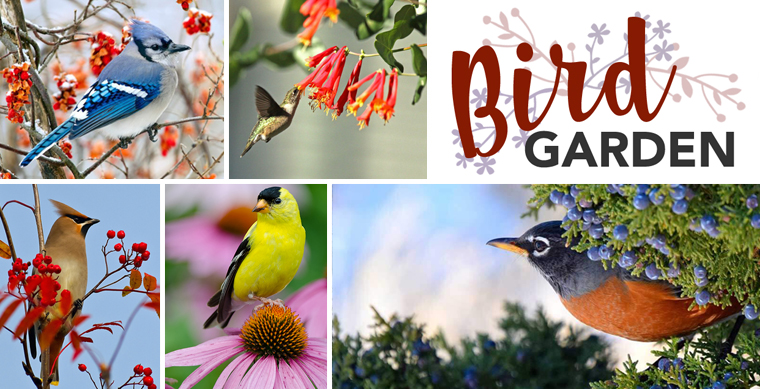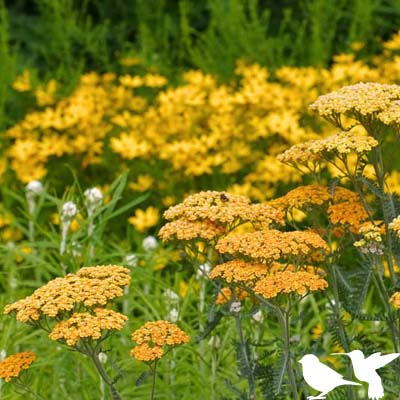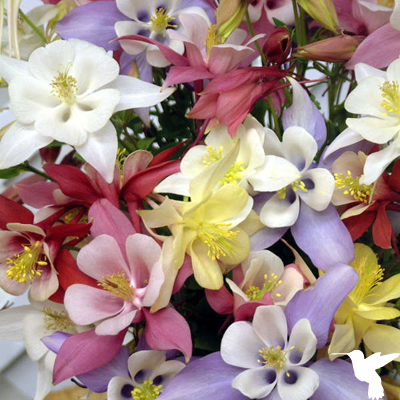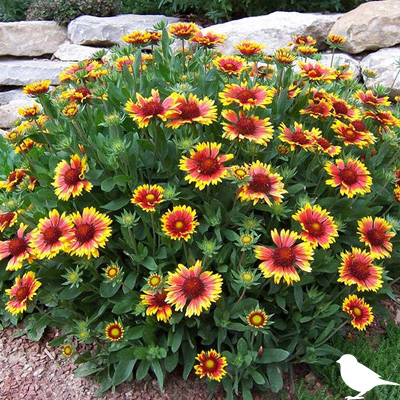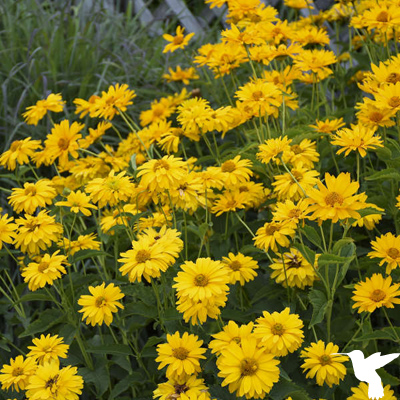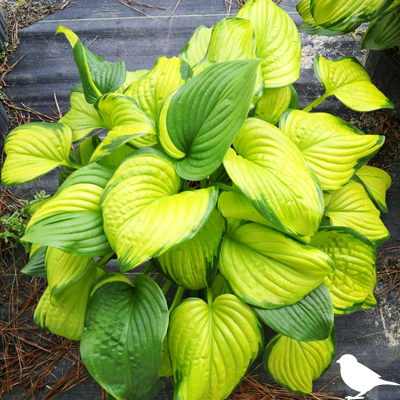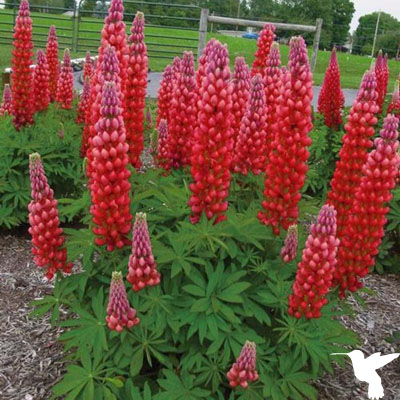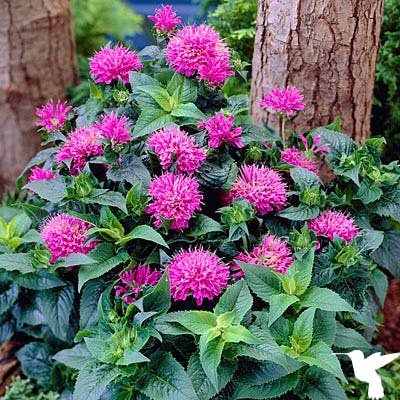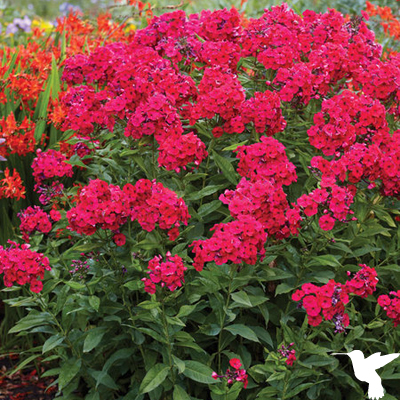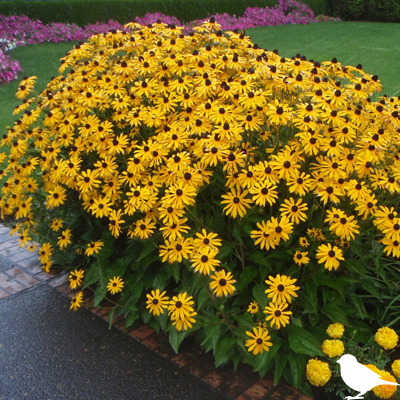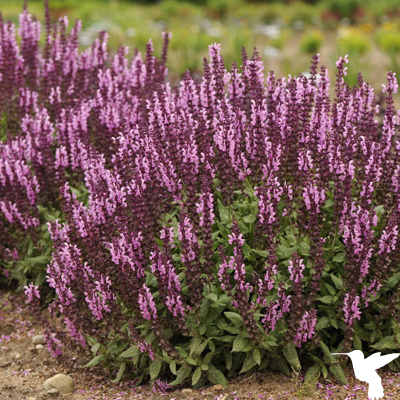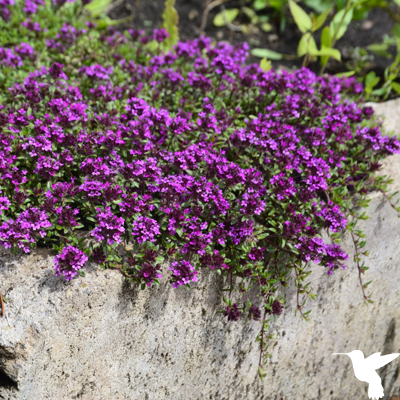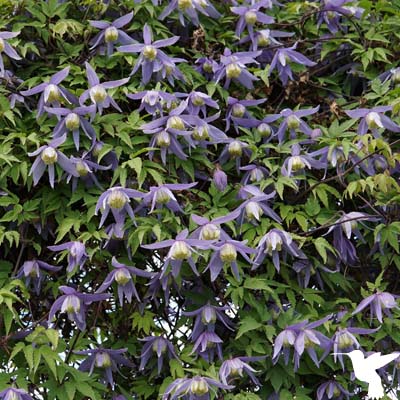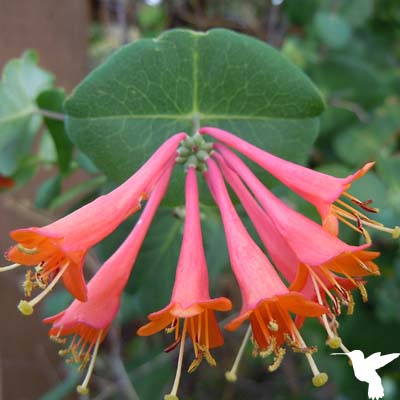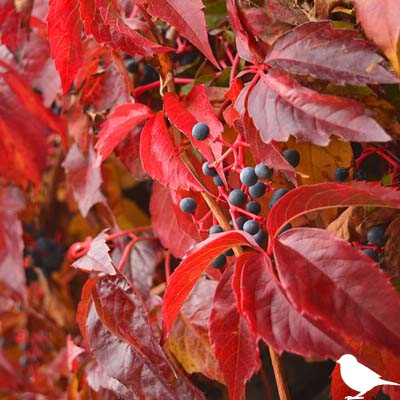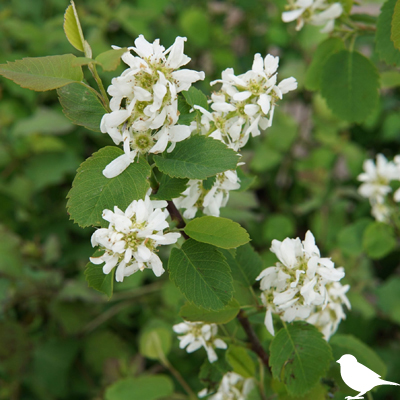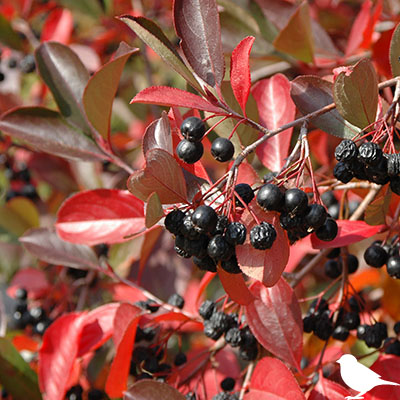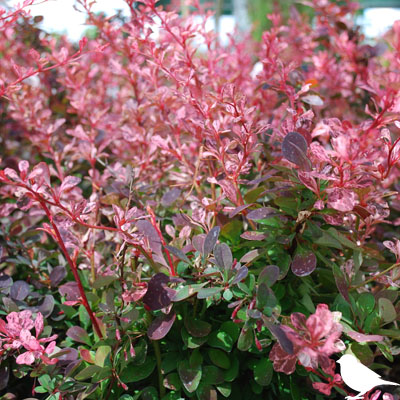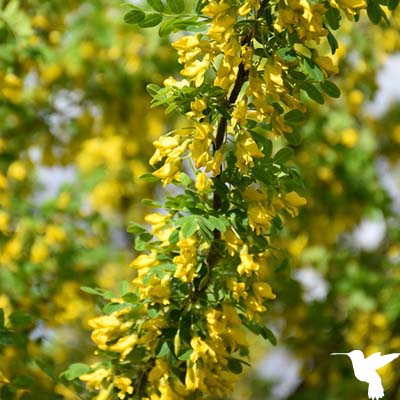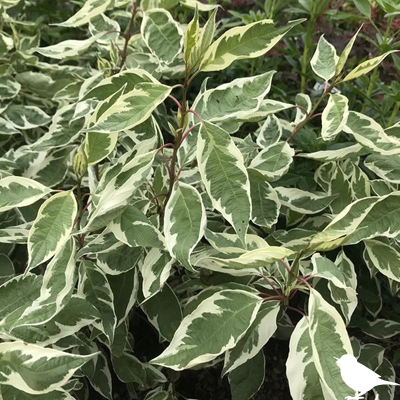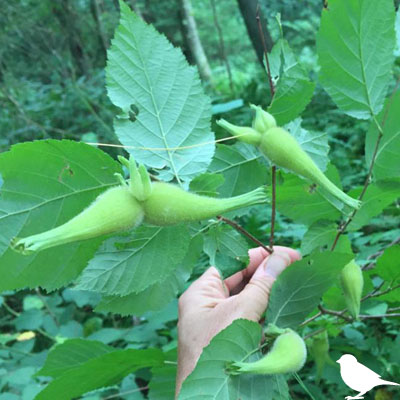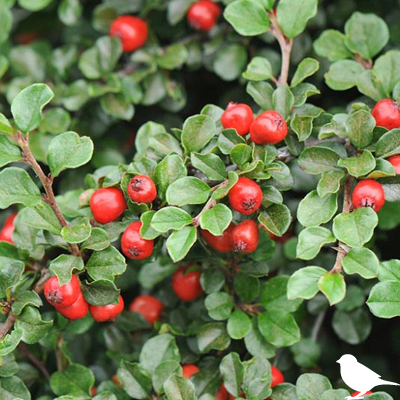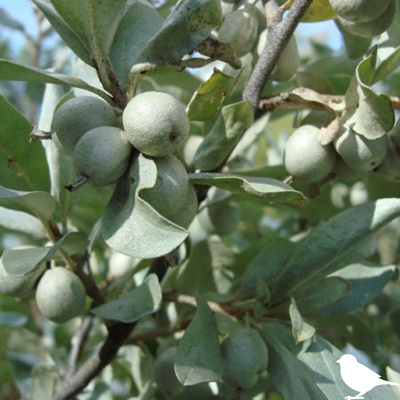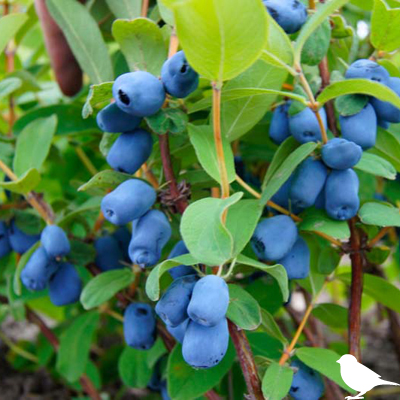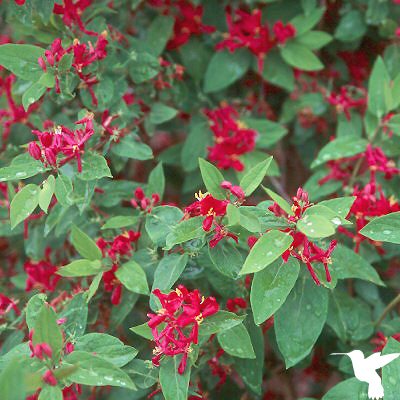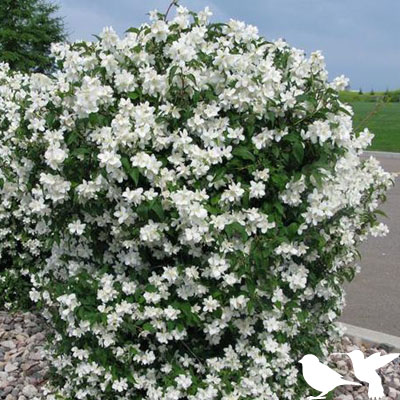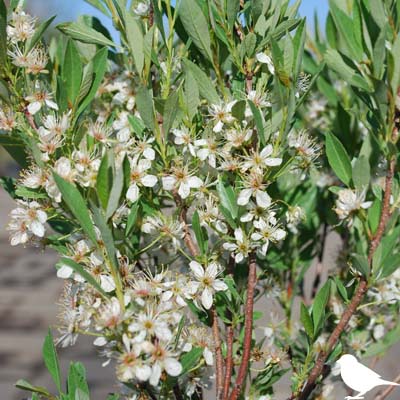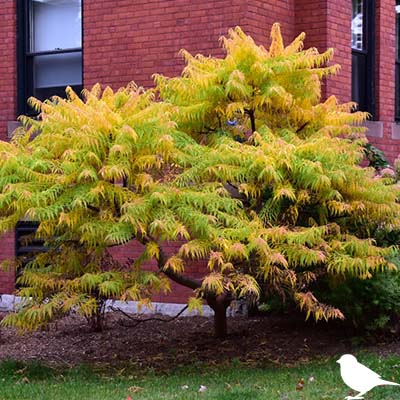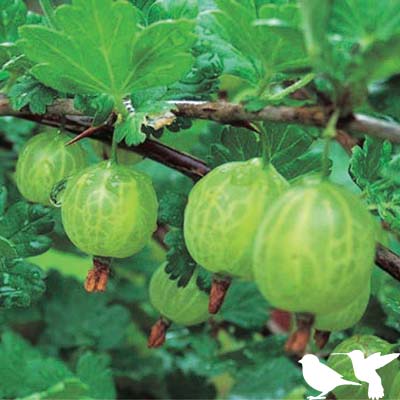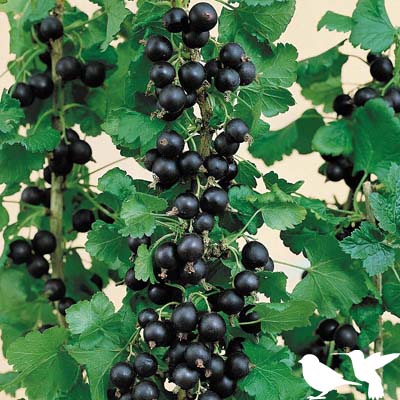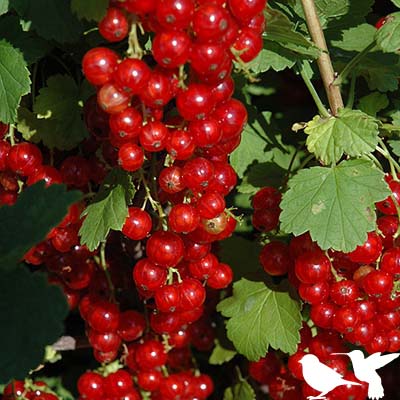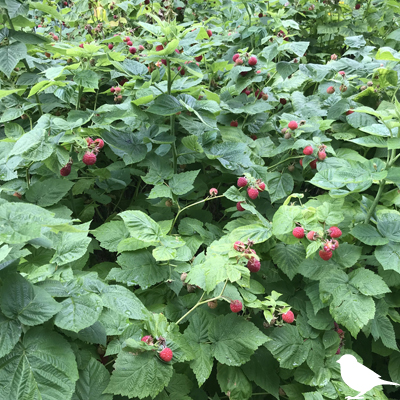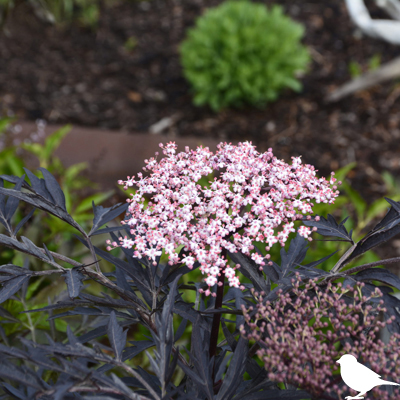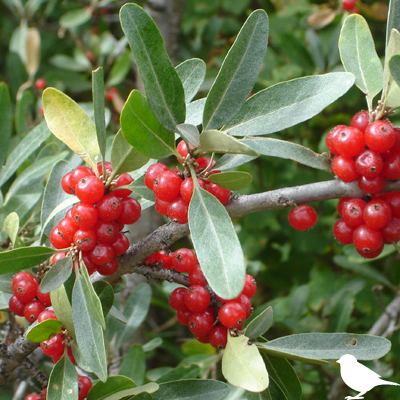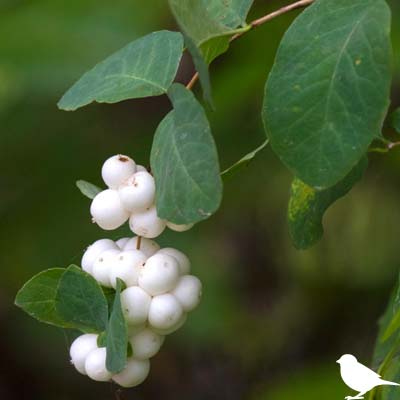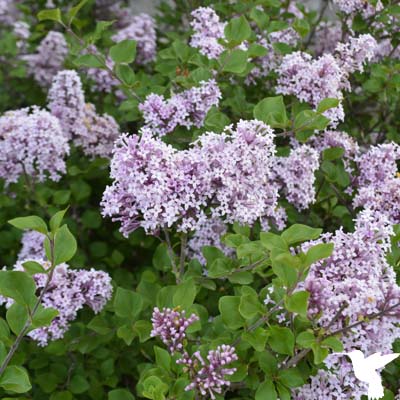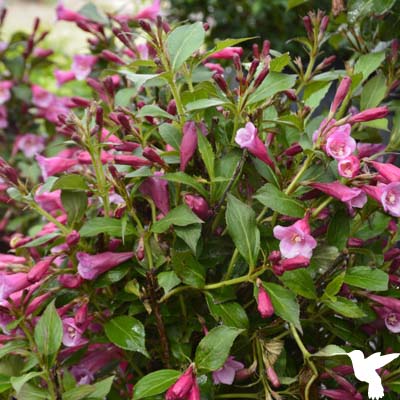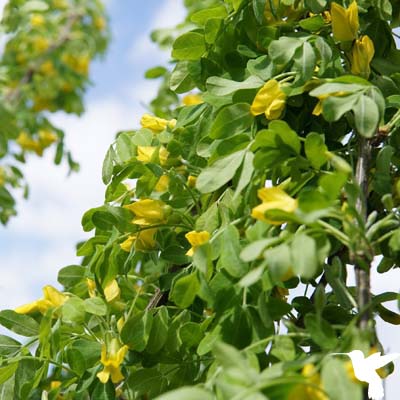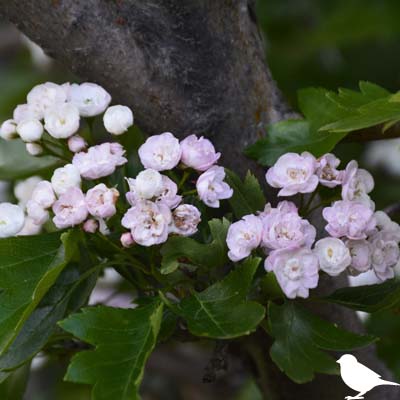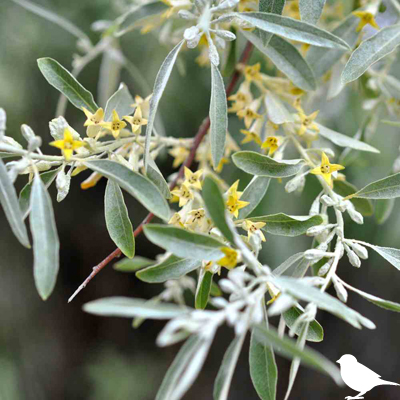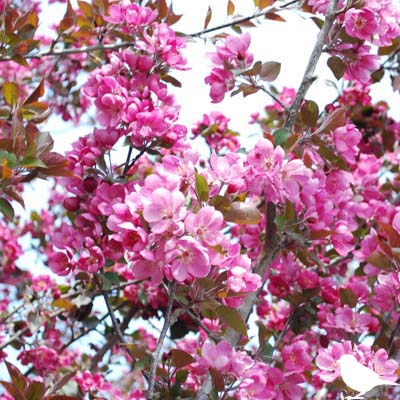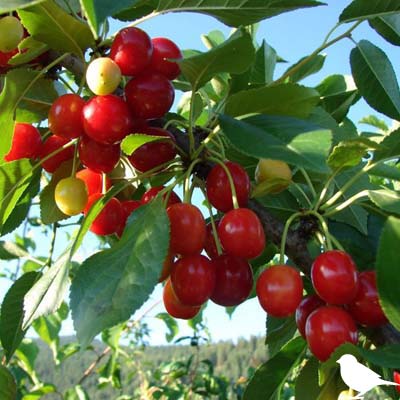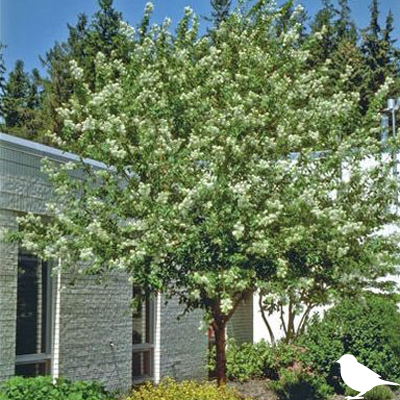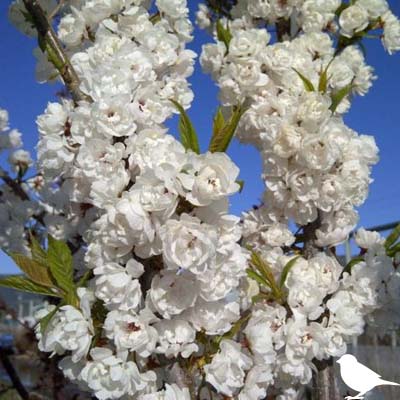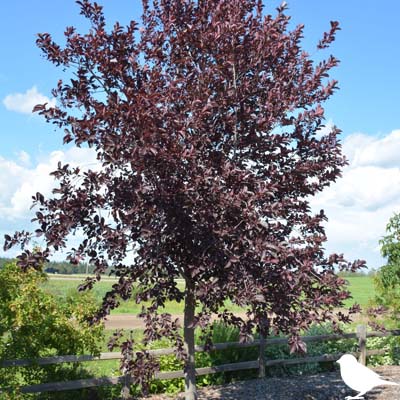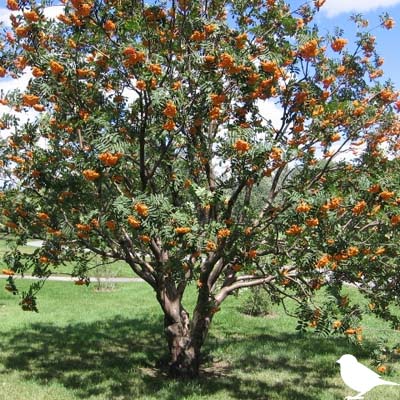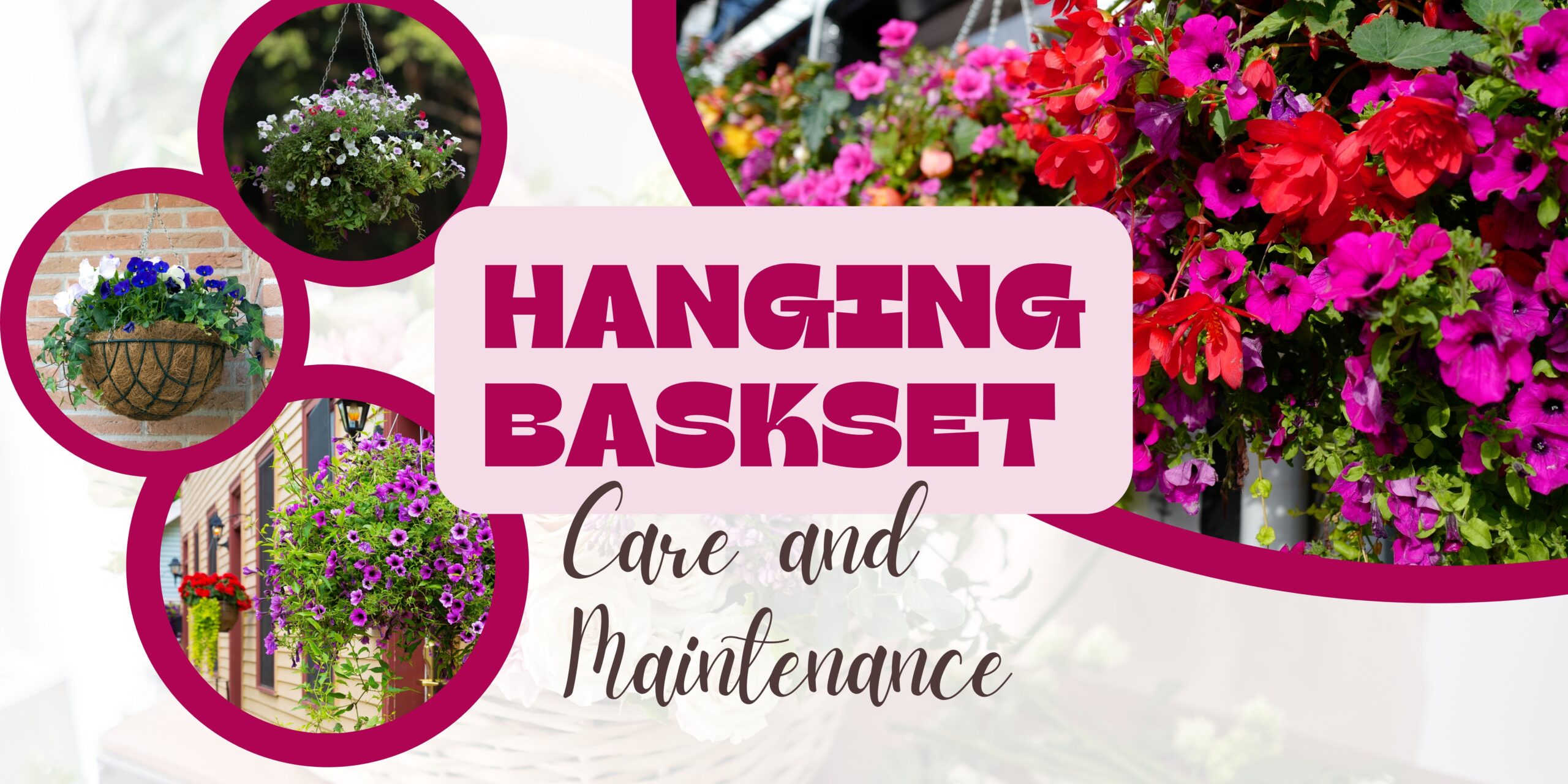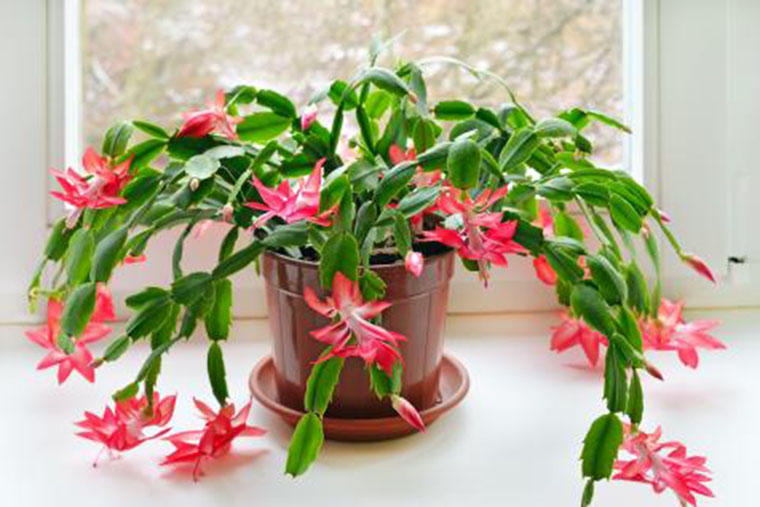The Bird Garden
Benefits of a Bird Garden
There are many benefits to attracting birds to your outdoor space. Some types of birds will help pollinate flowers, while others will keep the bug population in check, and some will even decrease the spread of weeds. Birds can provide us with entertainment and help promote a deeper connection with nature. It has been shown that bird sounds and songs can help lower our stress levels. Birds also give us an opportunity to help our children find nature more interesting, so we can raise a more Earth conscious generation.
Common Alberta Birds
By providing a bird-friendly habitat, your outdoor space can attract a wide range of feathered friends to your yard. A few of our favourite backyard birds to spot here in Alberta include :
Ruby-Throated Hummingbirds
Black-Capped & Boreal Chickadees
American Goldfinches
House & Song Sparrows
Red and White Breasted Nuthatches
Yellow-Rumped & Orange Crowned Warblers
American Robins
Downy, Hairy & Pileated Woodpeckers
Red-Winged Blackbirds
European Starlings
Bohemian Waxwings
Blue-Jays
Identifying Birds
Visit the Cornell Lab of Ornithology for an extensive database to search for the birds you see in your garden. Cornell lab also offers the Merlin Bird App for your phone to identify birds -on the fly.
Bird Garden Key Features
Food
BIRD FOOD SOURCES : Native plants are the healthiest way to feed wild birds. When choosing plants, be sure to include a variety of seeds, nuts, berries and fruit to attract a variety of birds. Minimize or omit your use of pesticides and let the bugs be another rich food source for birds.
BIRD FEEDERS : If using bird feeders, it is important to sterilize the feeders regularly, especially during the warmer months to avoid bacterial growth which can kill birds. Use a seed mix that includes a variety of seeds to attract a variety of birds. Sunflower seeds are popular among most birds.
HUMMINGBIRD FOOD SOURCES : For hummingbirds, choose flowering plants with staggered bloom times to ensure sources of nectar throughout the warm season.
HUMMINGBIRD FEEDERS : When using hummingbird feeders, be sure to empty and sterilize feeders with boiling water once a week. Do not use soaps or chemicals when cleaning feeders; chemicals and antibacterial agents can kill hummingbirds. We also strongly recommend that you do NOT use red dyed pre-mixed hummingbird liquid feed. The red dye has been shown to be harmful to hummingbirds. Instead use a red feeder with a homemade simple syrup made from dissolving 1 part sugar in 4 parts distilled or RO water. It is not necessary to bring water to a boil so long as the sugar is fully dissolved. Be sure the simple syrup is room temperature before hanging the feeder outdoors to avoid scalding the hummingbird’s delicate digestive system. It is also a good idea to keep the feeders out of direct sun during hot summer months for the same reason.
Water
In addition to plentiful rich food sources, birds also need easy and safe access to drinking water. Offer a clean source of water that is safe from predators. Many birds also enjoy bird baths to keep cool and help clean their feathers. When choosing a bird bath, there are a few things to consider. First choose a bath with moving water or add a solar fountain. Still water is a breeding ground for bacteria and bugs. Second, choose a bath that can be heated. This will extend the use of the bird bath well into our cold winters and help keep birds in your outdoor space year round.
Shelter & Nesting Sites
Different birds will have different preferences for shelters and nesting sites. Birds tend to shelter in four types of locations; consider including all four to optimize your bird garden.
TREES : Many species nest in tall trees to keep safe from predators. By including a tall tree or two you can increase the chances of birds nesting in your outdoor space.
EVERGREENS : Evergreens, especially Spruce and Junipers, have dense foliage which protect birds well from harsh weather conditions and most predators. Evergreens are especially beneficial to the bird species that overwinter here in Alberta. Every bird garden will do well to include at least a couple different evergreens.
BUILDING STRUCTURES : Another common spot for certain species are in small nooks and crannies of homes and other common building structures, like a gazebo.
BIRD HOUSES : Bird houses are another great option for many smaller birds. The size of the opening will determine which species will nest in a bird house.
Shopping for Birds
The Backyard Birds Nature Shop, located in Spruce Grove AB, has a wonderful selection of products for birds, everything from seeds, feeds, baths, houses and more.
The Wildbird General Store, located in Edmonton AB, also has a great selection, especially for birdhouses designed specifically for a variety of different birds.
Bird Garden Perennials
Terra Cotta Yarrow
Achillea millefolium ‘Terracotta’
A select few varieties of yarrow will attract birds and/or hummingbirds. The Terra Cotta attracts both.
Origami Mix Columbine
Aquilegia ‘Origami Mix’
Most varieties of columbine will attract hummingbirds.
Arizona Sun Blanket Flower
Gaillardia aristata ‘Arizona Sun’
Most varieties of blanket flower will attract birds.
Summer Sun False Sunflower
Heliopsis helianthoides ‘Summer Sun’
Most varieties of false sunflower will attract hummingbirds.
Abiqua Drinking Gourd Hosta
Hosta ‘Abiqua Drinking Gourd’
A select few varieties of hosta will attract birds or hummingbirds. The Abiqua Drinking Gourd attracts hummingbirds.
Stained Glass Hosta
Hosta ‘Stained Glass’
A select few varieties of hosta will attract birds or hummingbirds. The Stained Glass attracts birds.
Red Riding Hood Phlox
Phlox paniculata ‘Red Riding Hood’
A select few varieties of phlox will attract hummingbirds.
Black-Eyed Susan Rudbeckia
Rudbeckia fulgida ‘Goldsturm’
Most varieties of rudbeckia will attract birds and/or hummingbirds. The Black-Eyed Susan attracts birds.
Sensation Deep Rose Salvia
Salvia nemorosa ‘Sensation Deep Rose Improved’
Most varieties of salvia will attract hummingbirds.
Bird Garden Vines
Bluebird Clematis
Clematis ‘Bluebird’
Only a select few varieties of clematis will attract hummingbirds.
Dropmore Scarlet Honeysuckle
Lonicera x brownii ‘Dropmore Scarlet’
Most varieties of honeysuckle will attract hummingbirds.
Bird Garden Shrubs
Autumn Magic Black Chokeberry
Aronia melanocarpa ‘Autumn Magic’
Most varieties of chokeberry will attract birds.
Rose Glow Japanese Barberry
Berberis thunbergii ‘Rose Glow’
Most varieties of barberry will attract birds.
Combo Polar Haskap Berry Honeysuckle
Lonicera caerula kamtschatica ‘Polar’ Combo
Most varieties of haskaps will attract birds.
Arnold Red Honeysuckle
Lonicera tatarica ‘Arnold Red’
Most varieties of honeysuckle will attract hummingbirds.
Blizzard Mock Orange
Philadelphus lewisii ‘Blizzard’
Most varieties of mock orange will attract birds and hummingbirds.
Pixwell Gooseberry
Ribes hirtellum
Most varieties of gooseberry will attract birds and hummingbirds.
Red Lake Currant
Ribes rubrum ‘Red Lake’
Most varieties of currants will attract birds and/or hummingbirds. This variety attracts both.
Bird Garden Trees
Sutherland Caragana
Caragana arborescens ‘Sutherland’
Most varieties of caragana will attract hummingbirds.
 |
| 
